DBSCAN Demystified: Understanding How This Algorithm Works
Mlearning.ai
APRIL 10, 2023
No Problem: Using DBSCAN for Outlier Detection and Data Cleaning Photo by Mel Poole on Unsplash DBSCAN stands for Density-Based Spatial Clustering of Applications with Noise. Our goal is to cluster these points into groups that are densely packed together. We stop when we cannot assign more core points to the first cluster.


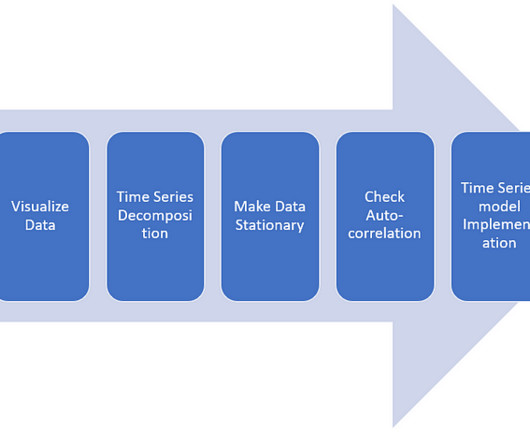





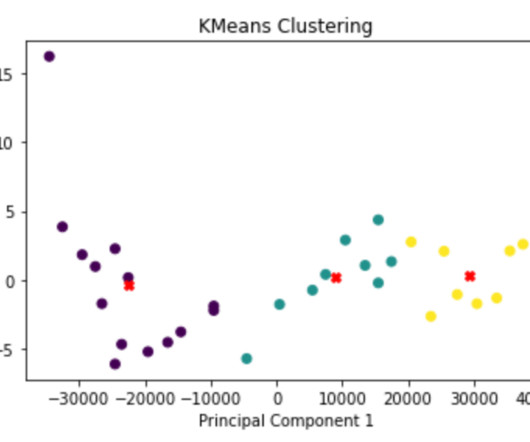
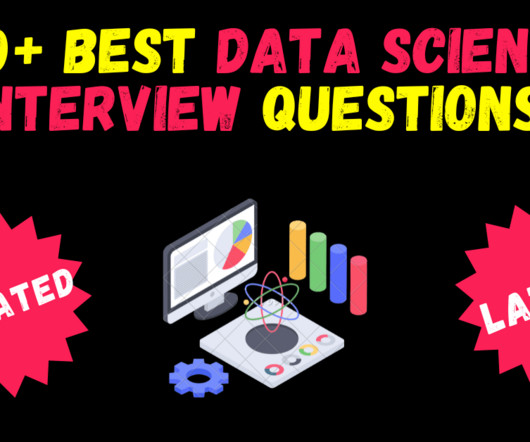
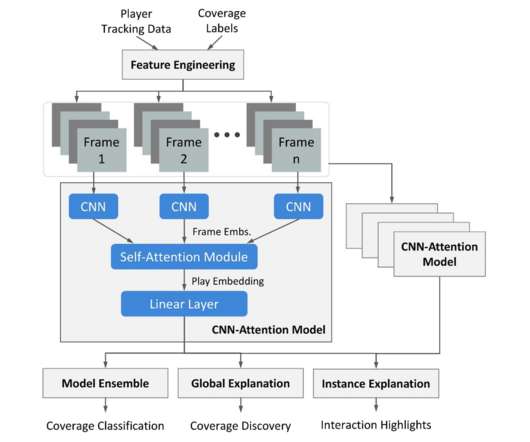
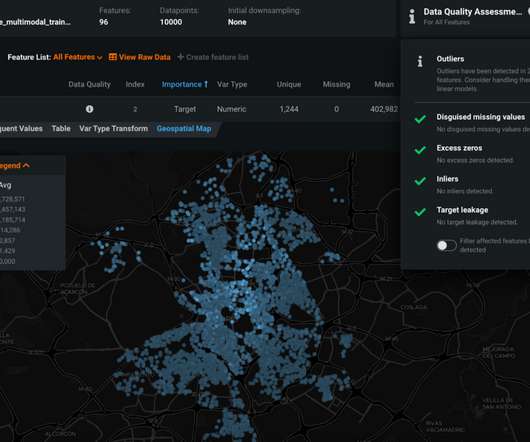

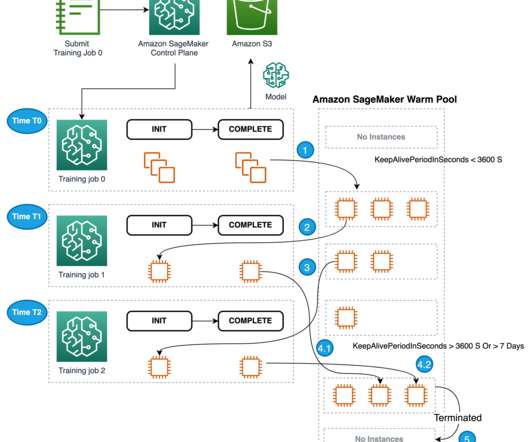






Let's personalize your content